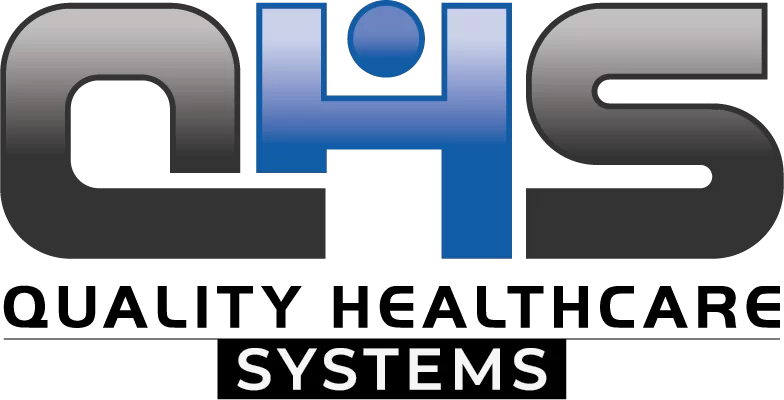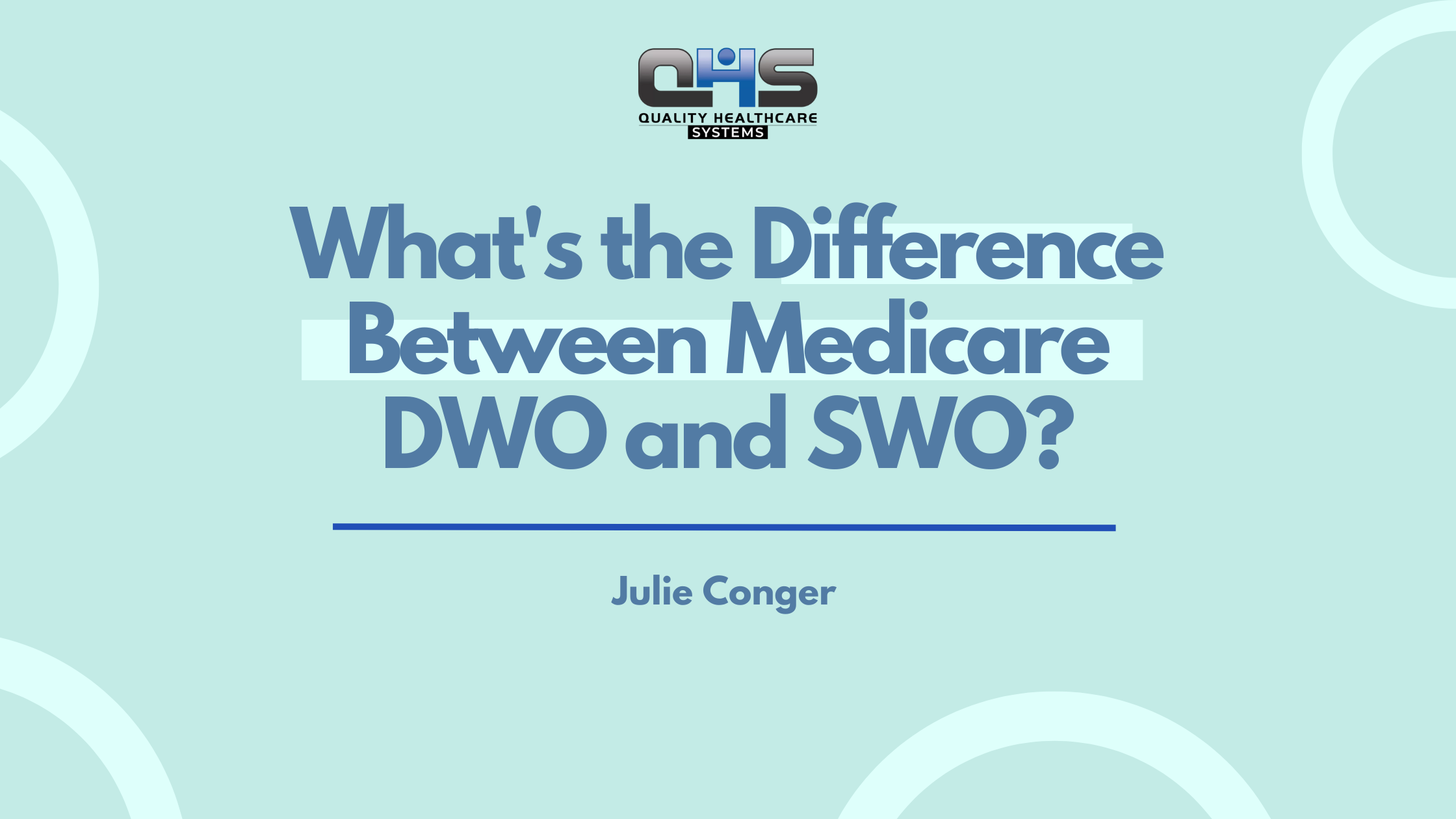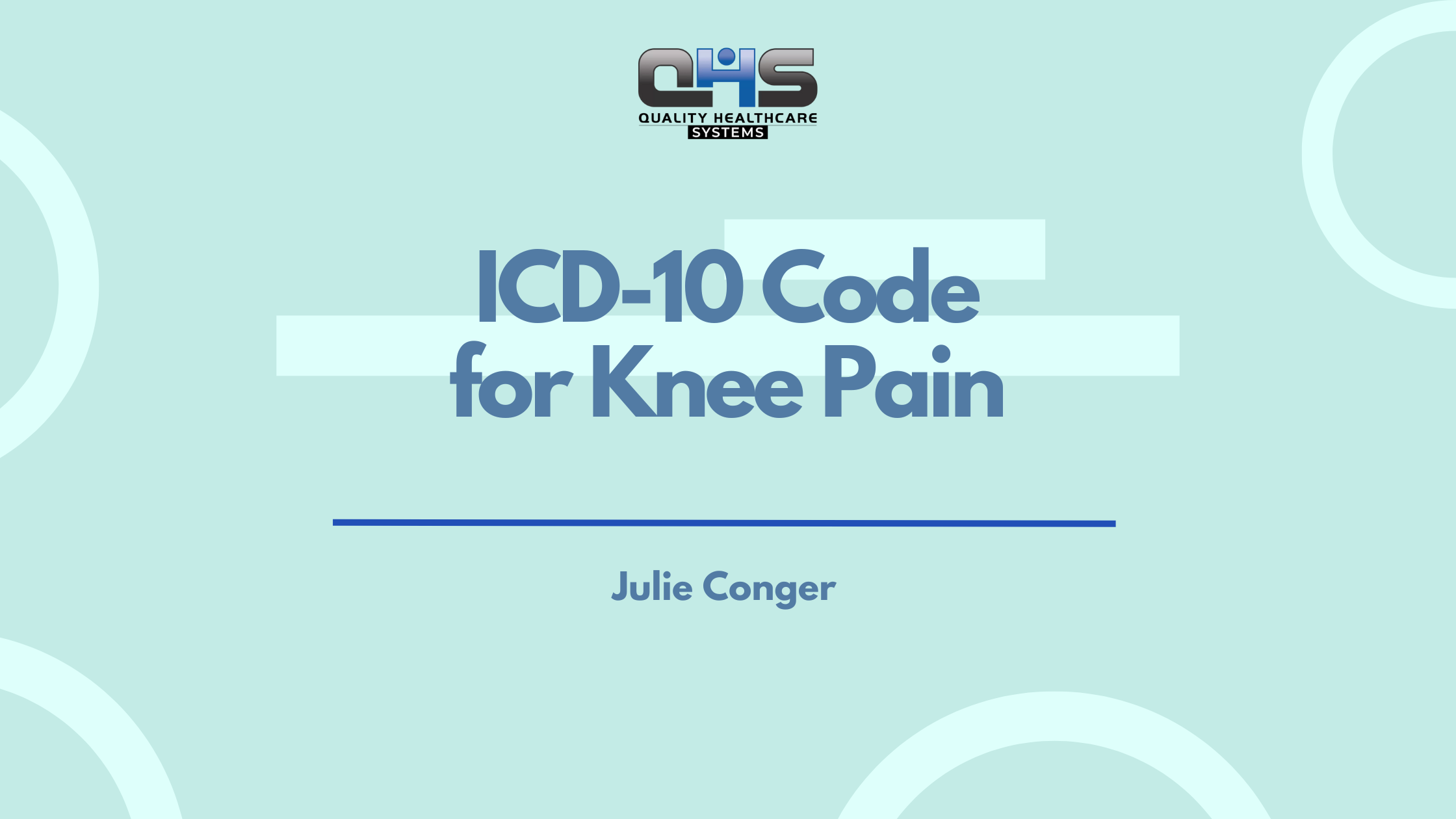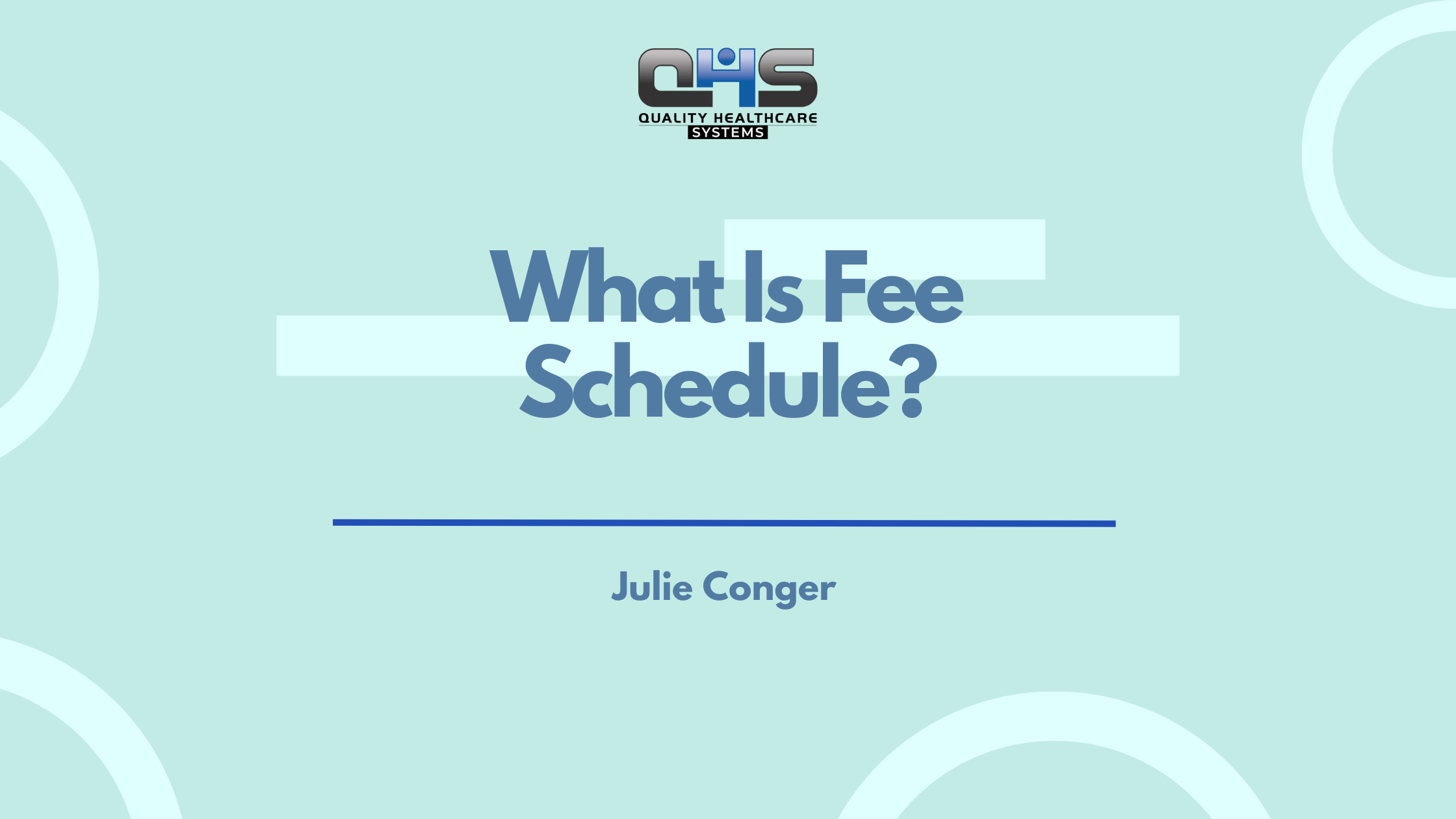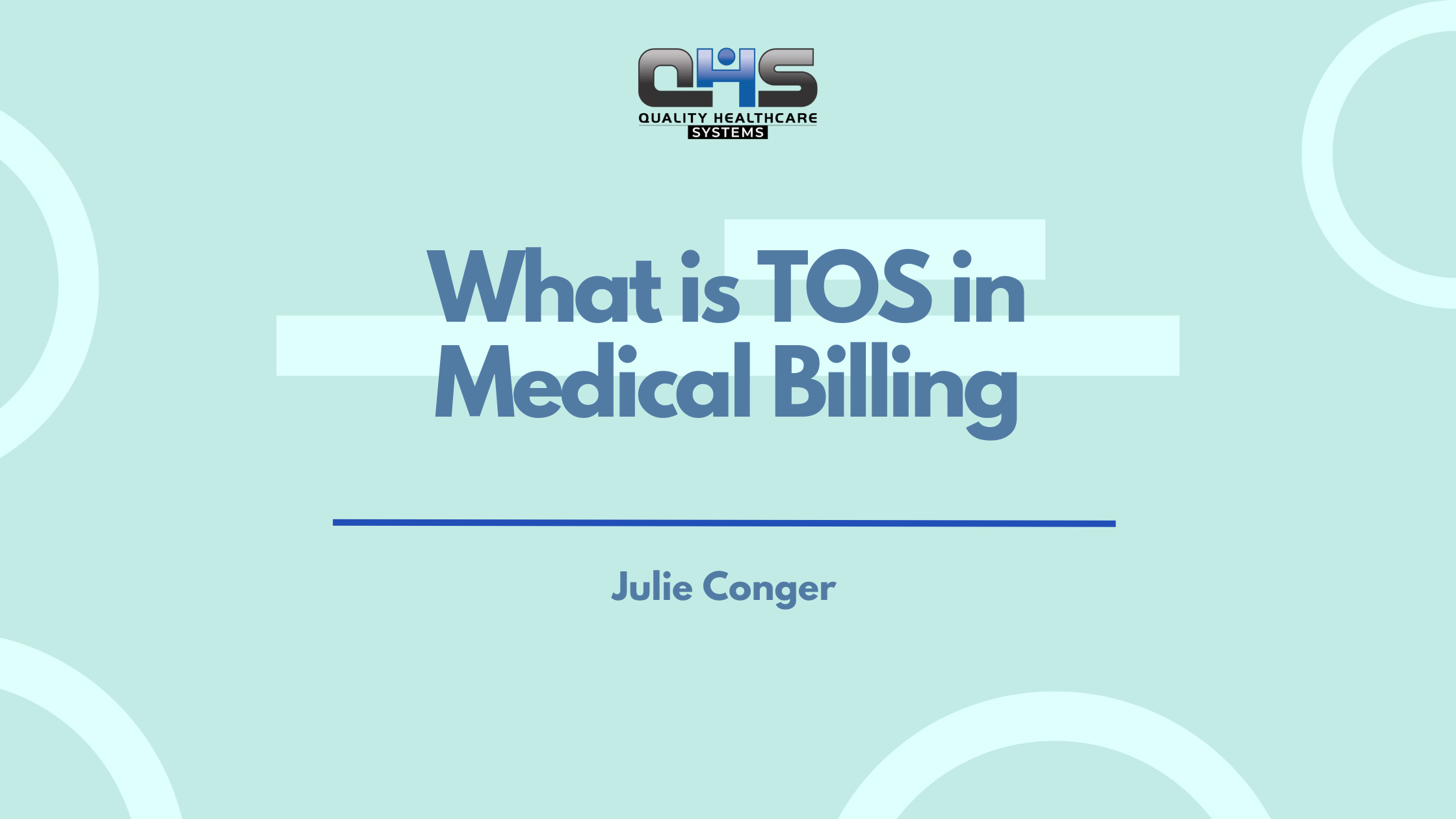Understanding and keeping up with Medicare billing guidelines can be challenging, especially when it comes to documentation requirements for Durable Medical Equipment (DME). This process became more complex following the Final Rule CMS-1713, issued by the Centers for Medicare & Medicaid Services (CMS) in late 2019. As part of this rule, Medicare replaced Detailed Written Orders (DWO) with Standard Written Orders (SWO) effective January 1, 2020.
In this blog, we’ll discover the major difference between Medicare DWO and SWO along with the reason why this change was implemented.
What is a DWO in Medicare?
A Detailed Written Order (DWO) was a type of documentation previously required by Medicare to process claims for DMEPOS (Durable Medical Equipment, Prosthetics, Orthotics, and Supplies). It provided detailed instructions which made sure that suppliers followed Medicare’s strict documentation standards.
What Does a DWO Cover?
A DWO included the following essential elements:
- Beneficiary information: The patient’s name and Medicare Beneficiary Identifier (MBI).
- Order details: A precise description of the item, including HCPCS (Healthcare Common Procedure Coding System) codes.
- Frequency: How often the item or service was needed.
- Practitioner details: The treating provider’s name, signature, and National Provider Identifier (NPI).
DWOs aimed to confirm that the equipment or service was medically necessary and correctly ordered to be in compliance with Medicare DME documentation rules.
What is SWO in Medicare Billing?
By introducing the Standard Written Order (SWO), Medicare simplified the documentation process for Durable Medical Equipment (DME). It helped in reducing administrative burdens for suppliers while making billing practices more clear and consistent with smoother claim approvals and upholding high standards of accountability.
What Does an SWO Cover?
An SWO includes:
- Beneficiary details: Name or Medicare Beneficiary Identifier (MBI).
- Order date: The date when the prescription was written.
- Item description: A general description, HCPCS code, narrative, or brand/model.
- Quantity: The number of items or supplies prescribed.
- Practitioner details: The provider’s name, signature, and NPI.
Key Differences Between Medicare DWO and SWO
The shift from Detailed Written Orders (DWO) to Standard Written Orders (SWO) brought several key changes that simplified Medicare DME billing documentation.
Purpose and Focus
DWOs were designed to include exhaustive details to clearly document every aspect of the DME order. SWOs, in contrast, focus on simplifying the process while maintaining only the essential information required for compliance.
Documentation Requirements
DWOs required comprehensive documentation, including specific item details, precise quantities, and usage frequency. SWOs streamline this by allowing general item descriptions, HCPCS codes, or brand names, reducing the level of detail without compromising accountability.
Frequency Inclusion
Under the DWO system, including the frequency of use was mandatory for all orders. With SWOs, this requirement has been relaxed frequency is optional in the order but must still appear in the patient’s medical records when relevant.
Administrative Complexity
The DWO process was more time-consuming and prone to errors due to its detailed nature. With SWO, DME has become free from these burdens, offering a more efficient system for suppliers and practitioners to follow.
Flexibility in Compliance
SWOs provide greater flexibility by accommodating varied documentation methods, such as listing items with HCPCS codes or descriptions. DWOs, by comparison, required rigid adherence to specific formats and details.
Regulatory Update
DWOs were eliminated as part of Medicare’s efforts to modernize billing practices. SWOs are designed to align better with current healthcare workflows to improve efficiency and reduce redundancy.
Why the Change from DWO to SWO?
The transition from DWO to SWO stems from Medicare’s commitment to improving efficiency in DME documentation guidelines. DWOs were often seen as overly complex, creating unnecessary delays and confusion. SWOs simplify the process, making it easier for practitioners, suppliers, and Medicare auditors to focus on medical necessity rather than dealing with unnecessary paperwork.
Example: While DWOs mandate frequency details in every order, SWOs allow frequency to be included in either the order or the patient’s medical records. This change reduces the chances of errors and speeds up the billing process.
Latest Trends in Medicare DME Documentation with SWO
As the healthcare landscape continues to evolve, several trends have emerged that highlight the growing importance of streamlined processes, technological integration, and regulatory compliance.
Here are the latest trends in Medicare DME documentation with SWO:
Emphasis on Digital Documentation and Automation
With the move towards electronic health records (EHR) and automated billing systems, Medicare suppliers are increasingly adopting digital tools to streamline the SWO process for easy tracking and update of patient orders.
Focus on Compliance and Audits
Compliance with Medicare’s SWO requirements remains a top priority for suppliers. Providers are investing in staff training and utilizing software that ensures all required elements, like HCPCS codes and practitioner signatures, are included in the SWO.
Integration of SWO with Telehealth and Remote Services
As telehealth continues to grow, there is a noticeable trend of integrating SWOs with virtual healthcare services. Healthcare providers are now issuing SWOs through telemedicine visits, allowing beneficiaries to receive necessary DME without in-person appointments.
Simplified and Faster Claim Processing
As SWOs are designed to be more concise, claims are processed faster. Suppliers are making use of this simplicity to reduce accounts receivable days. By maintaining clear and complete SWOs, providers are facing less delays and rejections by submitting the claims correctly the first time.
Conclusion
The transition from Detailed Written Orders (DWO) to Standard Written Orders (SWO) represents a significant shift in Medicare’s approach to DME documentation. While DWOs focused on detailed instructions, SWOs prioritize simplicity and efficiency. Understanding these changes and adhering to DME documentation guidelines helps in smoother billing processes and better compliance with Medicare regulations.
